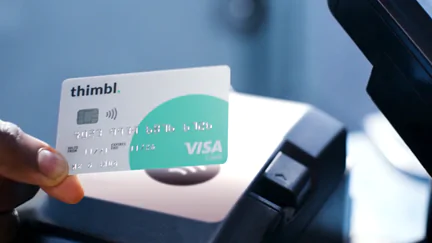
We’ve come a long way from the traditional methods of paper transactions of legal tender and the now obsolete check book. The digital boom paved a way for paperless and contactless payment methods whilst improving the audit trail of income and outgoings for banks, the government and of course, the consumer.
There is an abundance of credit cards available in today’s card market, from the premium rewards card, credit builder card , commercial credit cards, charge cards and even fuel credit cards, to name only a few options. Let’s look at the evolution of credit cards and how the market has blossomed since it’s early introduction into UK & US consumers.
History & Evolution of the Credit Card
Timeline:
- 1958: Credit cards originated in the United States of America in 1950 and didn’t enter the mainstream until 1958, with the introduction of the now world-renowned American Express credit card.
- 1966: It wasn’t until 1966 that the United Kingdom saw the first introduction of a mass-produced credit card, when Barclays bank produced the Barclaycard, which was an instant success.
- 1980’s: The 1980’s saw a big step in the evolution and functionality of the modern credit card, as the magnetic strip transitioned onto the back of cards which could be read by specialised computing systems (of the time).
- 1994: The magnetic strip was eventually phased out by the introduction of the (more familiar to contemporary times) EMV chips. EMV stands for ‘Europay, Mastercard and Visa’ which were the three founding organisations of the EMV technology which created the standard. EMV are the small metallic square patches that are typically located on the front left-hand side of modern-day cards.
- 2007: In 2007 the market saw the introduction of the first iterations of ‘contactless payments’, which allows consumers to pay with a tap of a card onto a card reading machine, allowing for a seamless payment system, and speeding up the process of buying.
- 2008: The following year in 2008, we saw the Apple App Store begin to boom, as apps became the new norm and mobile wallets, and credit card apps began to find their way onto the Apple app Store and Android App store for consumers to download. Eventually introducing Apple pay and Google pay.
There we have it, a brief evolution of the credit card and the technological advances that powers the contemporary credit card.
Types of Credit Cards:
- Traditional Credit Cards – Medium credit limit (dictated by your credit score/history) and lower APR %
- Credit Building Credit Cards – Lower initial credit limit, slightly higher APRs
- Balance Transfer Cards – No balance, low APRs. Typically used in conjunction with other credit cards.
- Rewards Credit Cards – Earn “rewards” as you spend, typically in the form of air miles or shopping vouchers.
- Travel Credit Cards – Designed to be used abroad and don’t charge excessive foreign transactional fees.
- Low Rate Credit Cards – Low rate, low credit limit. Anything under 8% APR is considered “low rate”.
- Cashback Credit Cards – You’ll be paid a percentage of what you spend (each lender will have a different criteria for cashback, so shop around)
- Fuel Cards – Allows users to pay for fuel across different sites, without any fuss.
There you have it, a brief chronological breakdown of the creation and launch of credit cards and those variations that are available to the consumer today. We recommend always considering your specific situation and ensure a credit card is the right option for you, researching, and selecting the best fit for your needs.
For more great Thousandaire articles, consider these:
How many hours do millionaires work in a day?
How much Interest Will I earn On A Million Dollars?
What Is The Millionaire Next Door Formula for Wealth Acquisition?
